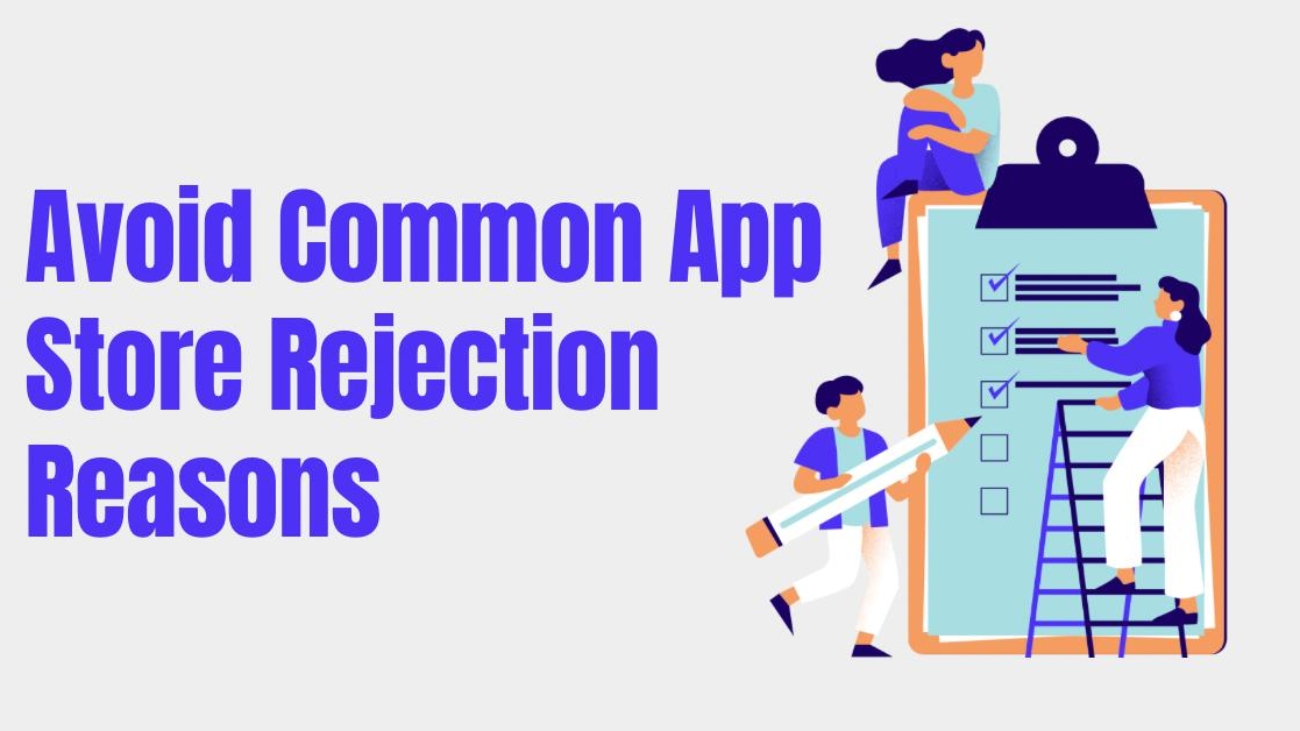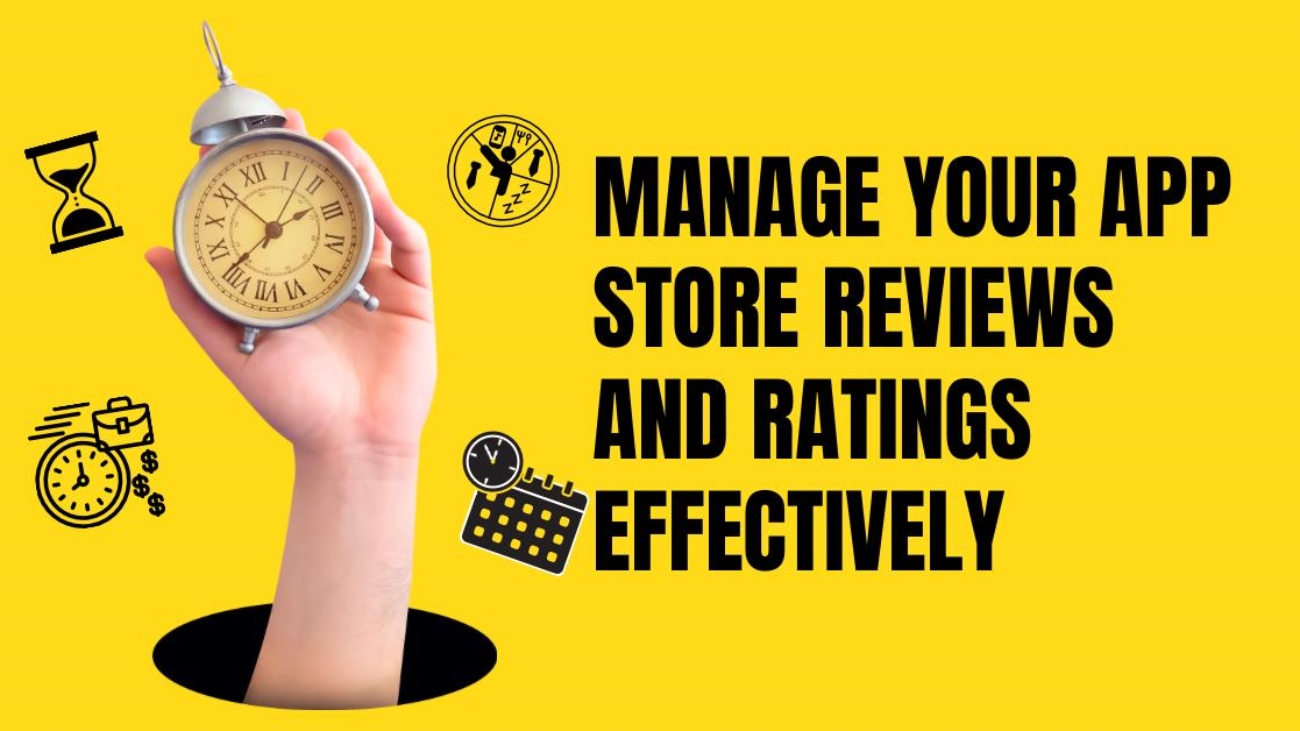App store rejections can be a frustrating setback for app developers. In this comprehensive guide, we will explore actionable tips to help you avoid common app store rejection reasons and ensure a smooth and successful app submission process.

Understanding the App Review Guidelines
Before submitting your app to the app store, familiarize yourself with the app review guidelines of the respective app store. These guidelines outline the specific requirements and policies that apps must adhere to for approval.
Ensuring Compliance with Copyright and Legal Issues
One of the primary reasons for app rejections is copyright infringement and legal violations. Ensure that your app’s content, including images, text, and media, is original or properly licensed.
Testing App Functionality and User Experience

Thoroughly test your app’s functionality to identify and fix bugs or crashes. Poor user experience due to technical issues is a common cause of rejection.
Verifying App Privacy and Data Handling
Respect user privacy and handle data responsibly. Provide a clear and transparent privacy policy that explains how user data is collected, used, and protected.
Avoiding Misleading or Inaccurate Information
Ensure that your app’s description and metadata accurately represent the app’s features and functionalities. Misleading or inaccurate information can lead to rejection.
Adhering to User Interface (UI) Design Guidelines
Follow the UI design guidelines of the app store to maintain consistency and aesthetics. An inconsistent or poorly designed user interface may lead to rejection.
Providing Sufficient App Content
Ensure that your app has sufficient content to deliver value to users. Apps with limited functionality or content may be rejected for lacking substance.
Testing on Different Devices and OS Versions
Test your app on various devices and operating system versions to ensure compatibility. App instability on certain devices may trigger rejection.
Avoiding Excessive Third-Party Integrations
Limit the use of third-party integrations to trusted and reputable services. Excessive integrations or those from unknown sources may raise security concerns.
Refraining from Offensive or Inappropriate Content
Avoid using offensive, violent, or inappropriate content in your app. Such content violates app store guidelines and can lead to immediate rejection.
Complying with Payment and In-App Purchase Policies
If your app includes in-app purchases or subscriptions, adhere to the payment policies of the app store. Incorrect implementation may result in rejection.
Providing Clear Contact Information
Include clear contact information within your app, especially for support or feedback purposes. Failing to provide contact details can raise red flags.
Avoiding Spam and Duplicate Apps

Create unique and original apps that offer distinct value. Spamming the app store with duplicate or similar apps can lead to rejection.
Resolving Guideline Violations Promptly
If your app is rejected, promptly address the identified issues and resubmit after making the necessary adjustments.
Seeking Beta Testing and User Feedback
Beta testing and user feedback can help identify potential issues and improve your app before submission. Incorporate valuable feedback into your app development process.
Conclusion
Avoiding common app store rejection reasons is vital to achieving app success. By understanding the app review guidelines, testing your app thoroughly, and ensuring compliance with legal and privacy policies, you can increase the chances of app approval.
So, take a proactive approach to app development, prioritize user experience and privacy, and create apps that meet the app store’s standards. Remember, a well-prepared and well-tested app is more likely to pass the review process and make a positive impact in the app market.
Equip yourself with the knowledge and tips provided in this guide, and navigate the app submission process with confidence. Avoid common pitfalls, implement best practices, and set your app on the path to acceptance and acclaim.
For a complete App Store Optimization Guide for 2023, you can read our blog:
https://writersfirm.com/?p=463&preview=true





